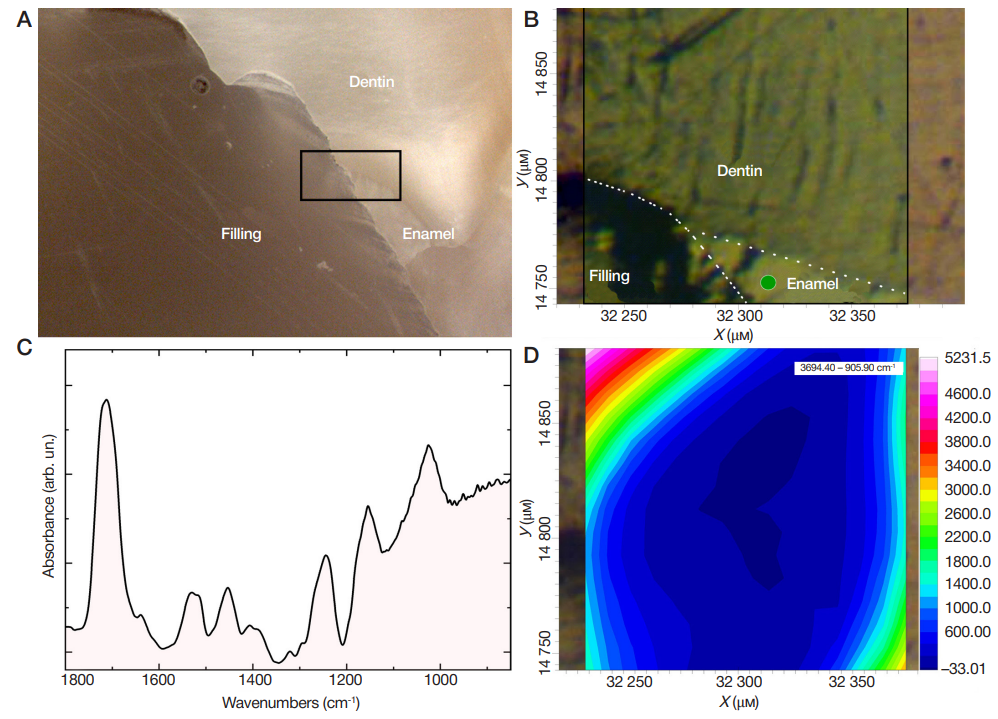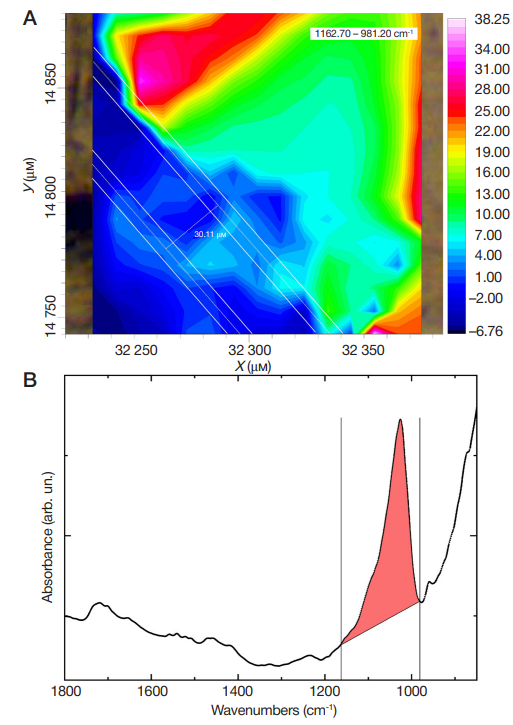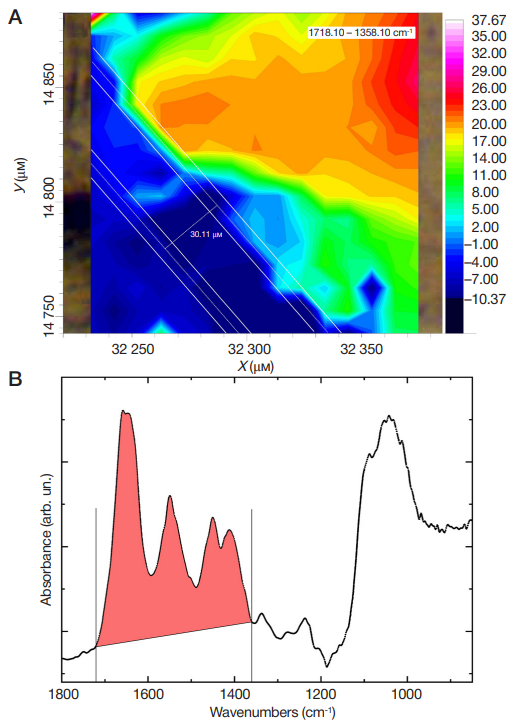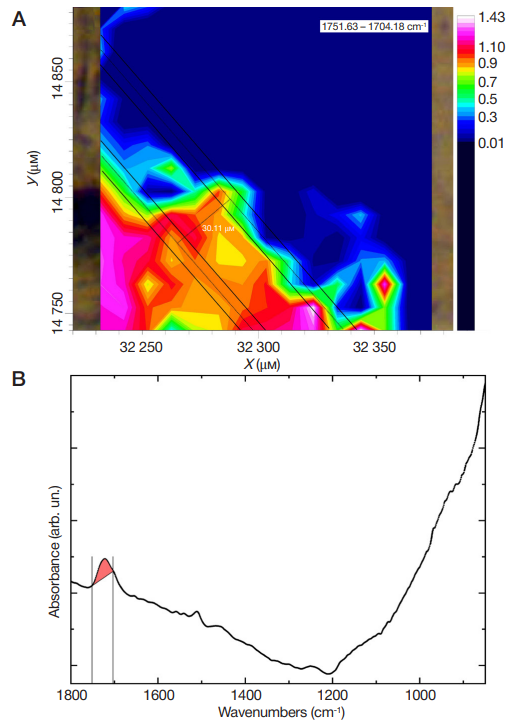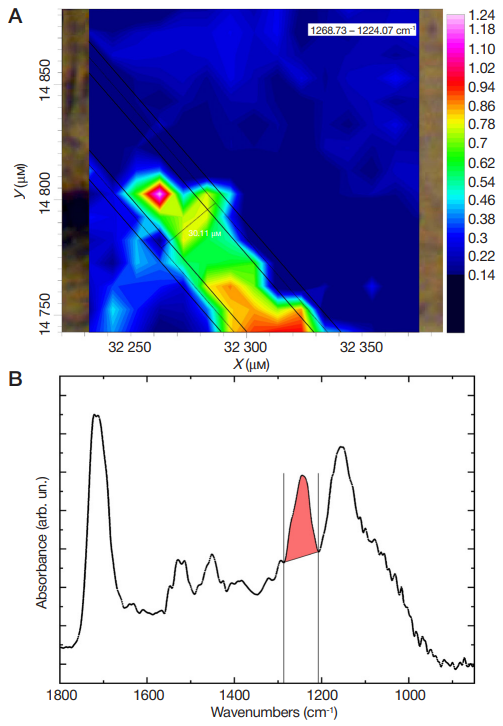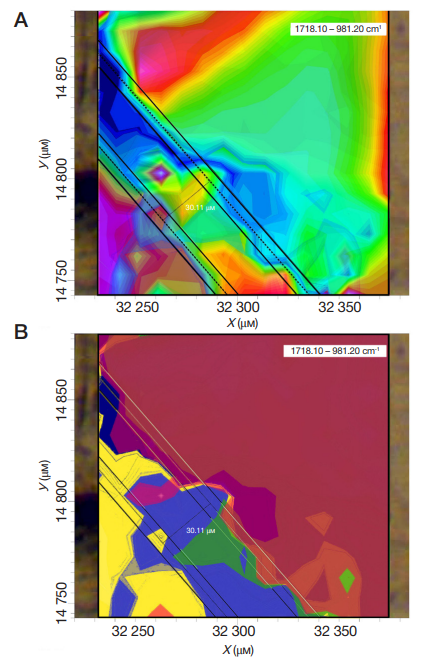
ORIGINAL RESEARCH
Synchrotron IR-microspectroscopy-based visualization of molecular and chemical interactions between dental cement, biomimetic composite and native dental tissue
1 Voronezh State University, Voronezh, Russia
2 Burdenko Voronezh State Medical University, Voronezh, Russia
3 Australian Synchrotron, Melbourne, Australia
Correspondence should be addressed: Pavel V. Seredin
Universitetskaya pl.1, Voronezh, 394018; ur.usv.syhp@luap
Funding: the study was supported by the Russian Science Foundation (Grant 16-15-00003).
Acknowledgment: IR microspectroscopy was conducted at the Australian Synchrotron.
Author contribution: Goloshchapov DL planned the study, analyzed the literature, collected and interpreted the obtained data; Kashkarov VM collected, analyzed and interpreted the obtained data; Ippolitov YuA planned the study, prepared the samples, collected and analyzed the data; Ippolitov IYu prepared the samples; Jitraporn Vongsvivut conducted IR microspectroscopy; Seredin PV planned the study, analyzed the literature, collected, analyzed and interpreted the obtained data, and conducted IR microspectroscopy.
